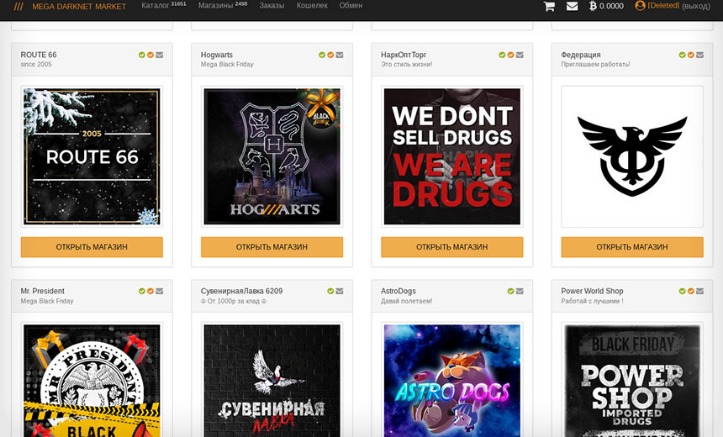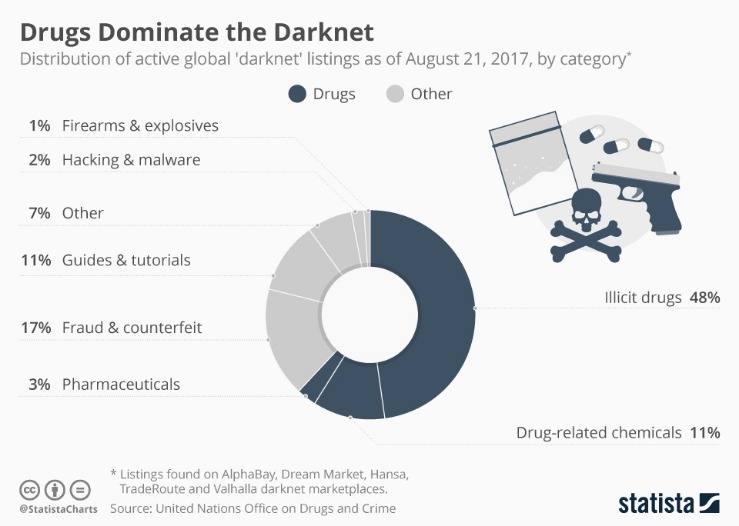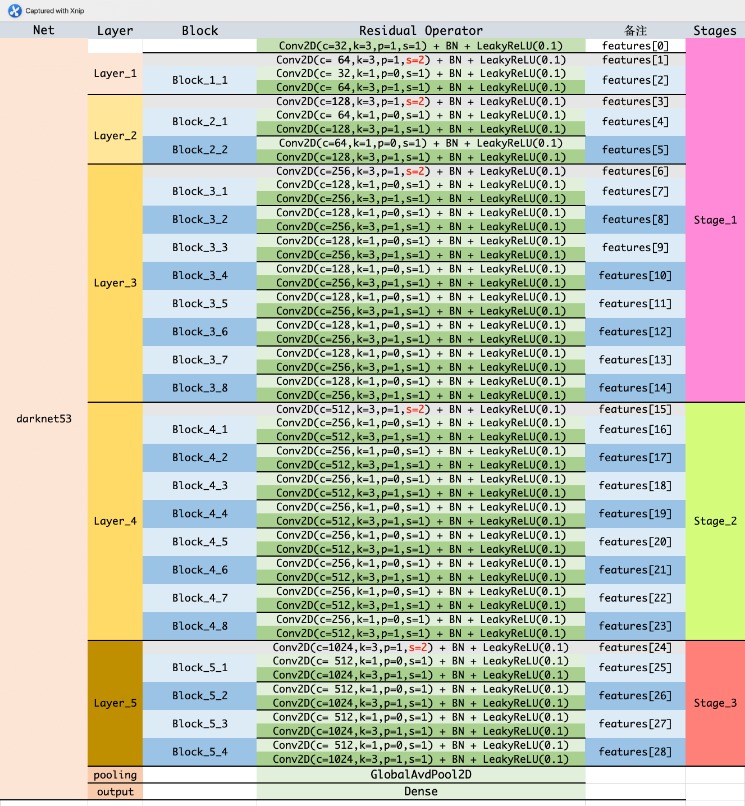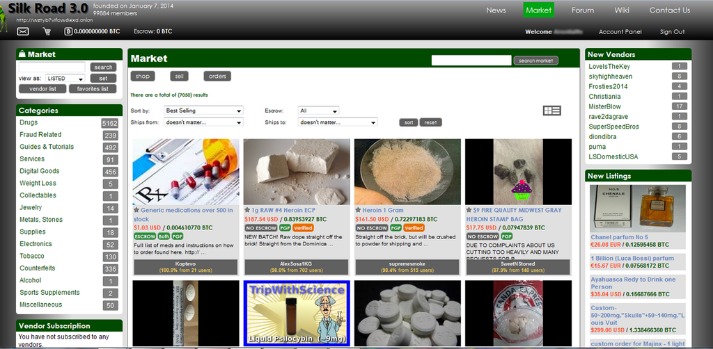The SECI model and darknet markets: Knowledge creation in criminal organizations and communities of practice National Institute of Justice
The SECI model, developed by Ikujiro Nonaka, offers a comprehensive framework to understand how knowledge is created and shared within organizations and communities. In the context of criminal organizations operating through darknet markets, this model provides valuable insights into the processes by which these groups generate, convert, and utilize knowledge to facilitate illicit activities. Darknet markets serve as hubs where hackers, vendors, and buyers exchange information and products, fostering a community of practice that relies heavily on shared tacit and explicit knowledge. Understanding these dynamic knowledge flows is crucial for developing strategies to address the proliferation of illegal activities online, including drug trafficking, counterfeit goods, and cybercrime. For more on how hidden networks operate, explore the darknet marketplace ecosystem, which exemplifies complex knowledge-sharing among covert communities.
Darknet Market Hudson Intelligence
Darknet markets are clandestine online platforms that facilitate the exchange of illicit goods and services, operating within the deeper layers of the internet known as the dark web. These markets are characterized by their anonymous nature, relying on encryption and cryptographic technologies to conceal user identities and transaction details. Understanding the dynamics within these markets is essential for law enforcement and researchers aiming to combat their illegal activities.
The SECI model, developed by Ikujiro Nonaka and Hirotaka Takeuchi, offers valuable insights into how knowledge is generated, shared, and utilized within complex organizations, including criminal enterprises operating in darknet markets. This model describes four interconnected processes: Socialization, Externalization, Combination, and Internalization, which together facilitate continuous knowledge creation and innovation.
Within darknet markets, criminal organizations employ the SECI framework to enhance their operational efficiencies and adapt to law enforcement measures. For instance, socialization occurs as members share tacit knowledge through encrypted communication channels, covert meetings, or peer-to-peer interactions. Externalization involves documenting and codifying this tacit knowledge into explicit forms, such as procedural guides or protocols for transactions. Combination reflects the integration of various pieces of explicit knowledge, like market rules, security practices, and product listings, to develop comprehensive operational strategies. Internalization then allows members to absorb these explicit details, transforming them back into tacit knowledge that informs their actions and decision-making processes.

Applying the SECI model to darknet *markets* reveals how knowledge flows within these communities of practice are crucial for their sustainability and resilience. Knowledge sharing enhances security measures, introduces new concealment techniques, and helps organize illicit activities more effectively. However, it also poses challenges for authorities seeking to disrupt these networks, as the continuous cycle of knowledge creation and dissemination fosters adaptability and secrecy among participants.
Understanding the mechanisms of knowledge creation in these environments underscores the importance of targeted interventions that disrupt the flow of information and collective learning within illegal online markets. By analyzing how criminal organizations leverage social and technical processes to sustain their operations, policymakers and law enforcement can develop more effective strategies to counteract illegal trade on the darknet while respecting broader cybersecurity and privacy considerations.
Incognito Darknet Market Mass-Extorts Buyers, Sellers

The application of the SECI model (Socialization, Externalization, Combination, Internalization) offers a valuable framework for understanding knowledge creation within criminal organizations operating in darknet markets. These illicit digital marketplaces serve as hubs where illicit goods and services are exchanged, and a complex community of practice has evolved around their operation. By examining how knowledge develops and transfers in these environments, we can gain insights into their resilience, adaptability, and the dissemination of criminal expertise.
The SECI model emphasizes the dynamic interaction between tacit and explicit knowledge. In darknet markets, tacit knowledge—such as negotiation tactics, market navigation skills, and operational security measures—is often shared informally among experienced members through socialization. Externalization occurs when participants articulate their tacit insights into explicit protocols or guidelines, which are then documented within community forums or encrypted messaging channels. The combination phase involves synthesizing various explicit pieces of knowledge, such as security procedures and transaction methods, to enhance collective understanding. Internalization happens when new members adopt this codified knowledge, applying it in daily operations to ensure their survival and success in a competitive environment.
Within these markets, a community of practice frequently emerges, comprising both vendors and buyers who continuously learn from each other through shared experiences. This collaborative knowledge creation process enables the community to adapt rapidly to law enforcement interventions, technological changes, and market disruptions. As a result, darknet markets become resilient and self-sustaining ecosystems, perpetually evolving through ongoing knowledge sharing and innovation.
- Darknet markets foster a culture of knowledge sharing that enhances the operational expertise of criminal organizations.
- The SECI model helps to explain how tacit knowledge about illicit trade practices is transformed into explicit knowledge, facilitating training and onboarding of new members.
- The continuous cycle of knowledge creation supports the market’s adaptability against enforcement efforts and technical challenges.
Understanding the mechanisms of knowledge creation within these communities is crucial for developing strategies to combat illicit activities. By analyzing how criminal organizations leverage community practices and knowledge transfer, authorities can better anticipate their evolution and disrupt their networks effectively.
Prong 1: Taking Down AlphaBay, The Biggest Darknet Market
The SECI model, developed by Ikujiro Nonaka and Hirotaka Takeuchi, provides a framework for understanding how knowledge is created, shared, and converted within organizations and communities. Originally designed to explore innovation and learning in corporate settings, the model’s principles can also be applied to understanding the complex dynamics of darknet markets, particularly within criminal organizations. These clandestine communities function as informal networks where knowledge about illegal activities, operational security, and market strategies is continuously developed and refined.
Darknet markets, such as the once-prominent AlphaBay, exemplify communities of practice where members collaboratively create and share tacit and explicit knowledge. The collapse of AlphaBay, often regarded as the largest darknet market at the time, marked a significant disruption in this knowledge network. In this context, the SECI model helps to analyze how knowledge is socialized among vendors and buyers, how explicit knowledge about transactions and security measures is externalized, and how organizational knowledge is combined and internalized to optimize operations and evade law enforcement efforts.
By examining darknet markets through the lens of the SECI model, it becomes evident that these clandestine communities rely heavily on informal learning and collective knowledge creation. Initiatives to take down major players like AlphaBay disrupt this cycle, highlighting the importance of understanding the knowledge flows within these networks. As law enforcement agencies continue to dismantle such markets, the adaptability and resilience of these communities suggest that knowledge sharing remains a crucial factor in their persistence and evolution, reinforcing the need for ongoing research into their organizational dynamics.
US Treasury Sanctions Iranian National for Operating Darknet Market Nemesis TRM Blog
The US Treasury has recently taken significant action by sanctioning an Iranian national involved in operating illicit activities on the dark web. This individual is linked to a well-known darknet market that facilitates the anonymous trade of various illegal goods. Such enforcement efforts highlight the ongoing crackdown on illegal online marketplaces, which often serve as hubs for unregulated transactions and cybercriminal activities. The crackdown also underscores the importance of understanding how darknet markets function and the challenges law enforcement faces in combating these hidden networks. For those interested in exploring the depths of the darknet, there are various marketplaces that operate within these encrypted environments, providing insights into the clandestine world of online illegal trade.

The Darknet Ecosystem in the Wake of Hydra Market
The darknet ecosystem has long been associated with illicit activities, including the operation of anonymous marketplaces that facilitate the sale of illegal goods and services. Recent enforcement actions highlight the ongoing efforts by authorities worldwide to combat these illicit operations, particularly through targeted sanctions and investigations. In a recent development, a US Treasury Sanctions Iranian National involved in operating a darknet market known as Nemesis TRM. This individual’s involvement exemplifies the continuing challenge law enforcement agencies face in disrupting secretive online platforms linked to illegal trades.
Darknet markets like Nemesis TRM often operate under the cover of anonymity, making it difficult for authorities to identify and shut down illicit operations quickly. These platforms typically leverage advanced encryption, cryptocurrency transactions, and hidden services to evade detection. As law enforcement intensifies its efforts, individuals and groups operating within these environments are increasingly targeted through financial sanctions, indictments, and international cooperation.
The role of sanctions against operators of darknet markets signifies an important legal strategy to suppress illegal activities online. By targeting individuals and their financial assets, authorities aim to curb the infrastructure supporting these clandestine marketplaces. Such actions serve as a warning to others engaged in illicit trade on the dark web and reinforce the importance of cybersecurity and legal compliance for those navigating this complex digital landscape.
As the darknet ecosystem evolves, so do the tactics used by law enforcement and cybercriminals. Continued vigilance and innovative enforcement strategies are essential to mitigate the risks associated with these anonymous markets. Efforts to disrupt these illicit platforms are crucial for maintaining cybersecurity, enforcing legal standards, and safeguarding the digital economy from criminal exploitation.

Office of Public Affairs Law Enforcement Seize Record Amounts of Illegal Drugs, Firearms, and Drug Trafficking Proceeds in International Operation Against Darknet Trafficking of Fentanyl and Opioids; 270 Arrested Across Four Continents United States Department of Justice
Darknet markets have become a significant concern for law enforcement agencies worldwide due to their role in facilitating illegal trade, including narcotics, firearms, and other illicit goods. Recent international operations have resulted in the seizure of record amounts of drugs, weapons, and trafficking proceeds, highlighting the persistent threat posed by these clandestine online platforms. These efforts demonstrate a growing commitment by authorities to dismantle criminal networks operating within the dark web and to combat the trafficking of dangerous substances such as fentanyl and opioids.
In a coordinated crackdown, the United States Department of Justice announced the arrest of 270 individuals across four continents involved in darknet market activities. This operation included efforts to target the financial infrastructure supporting these illicit marketplaces, which often rely on cryptocurrency transactions to maintain anonymity. Notably, law enforcement agencies seized large quantities of illegal drugs, firearms, and digital assets used to fund criminal enterprises, disrupting their operational capabilities and signaling a firm stance against darknet-based crimes.
An example of recent enforcement actions involved actions against an Iranian national identified as operating a darknet market known as Nemesis TRM. This individual was sanctioned by U.S. authorities for facilitating narcotics trafficking and illegal transactions on the dark web, which contributed to the proliferation of opioids and fentanyl worldwide. The sanctions reflect the importance of international cooperation in addressing the global nature of darknet markets and their impact on public safety.
These investigations underscore the importance of continued vigilance and technological innovation in law enforcement efforts to combat darknet markets. By dismantling these illegal platforms and prosecuting those involved, authorities aim to reduce the availability of illicit substances and weapons, protect communities, and uphold the rule of law across borders. The ongoing international operations serve as a stark reminder that criminal activity on the dark web carries severe consequences, and cooperation among global agencies is vital to maintaining security and order.
Understanding the Economic Chains Formed on Darknet Forums and Markets Center on Crime, Race, and Justice
Darknet markets have become a significant component of the illicit economy, facilitating the trade of illegal goods and services beyond the reach of traditional financial systems. These platforms operate on encrypted networks, allowing users to buy and sell items anonymously, which complicates law enforcement efforts worldwide. Understanding the economic chains formed within these forums reveals how interconnected and complex these underground markets truly are, often undermining legitimate economies and enabling criminal activities at a large scale.
- The new AlphaBay was filled with several new policies such as strict restrictions on selling Covid-19 vaccines, fentanyl, firearms, etc.
- Joshua Vasquez pleaded guilty on April 24, 2024, and was sentenced on July 25, 2024, to 12 years in prison.
- Market closures have most commonly taken the form of “exit scams” or law enforcement takedowns.
- Darknet markets offer new opportunities for individuals to protect their online activities from monitoring and surveillance by third parties, such as Internet service providers, e-commerce businesses, and governments.
- As stated earlier, neither of these connected content repository networks are illegal to access.
Recent actions by US authorities illustrate the ongoing efforts to disrupt these illicit networks. For example, sanctions imposed on an Iranian national operating the darknet market Nemesis demonstrate the international cooperation aimed at dismantling criminal enterprises. Such sanctions are designed to restrict the individual’s financial transactions and access to global financial systems, disrupting the flow of illicit profits and cutting off their operational capabilities.
The formation of economic chains on darknet forums is driven by the need for anonymity, security, and trust among participants. These networks often utilize cryptocurrencies to facilitate transactions, making tracking and regulation challenging. Despite this, authorities leverage financial intelligence, cyber forensics, and international collaboration to identify and sanction individuals involved in operations like Nemesis. These measures serve as a warning to others engaged in illegal activities, highlighting the importance of robust enforcement in maintaining the integrity of the global financial system.
Addressing the root causes and understanding the structure of these markets is crucial for effective intervention. Continuous monitoring, targeted enforcement actions, and updates in cyber security protocols are essential components in dismantling these illicit economic chains and ensuring a safer digital environment for all users.


